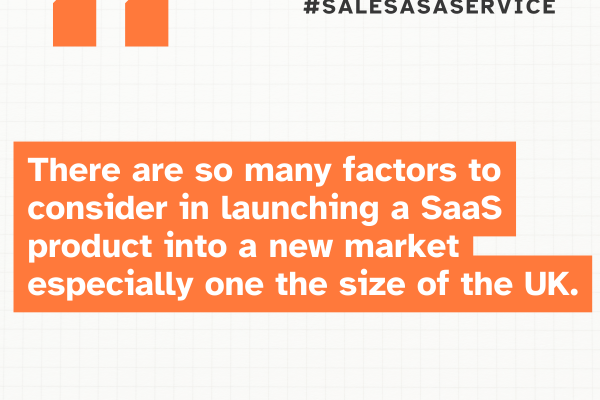It’s tempting I think for a software businesses to ramp up margins on their implementation consultants. It’s cash generative and it can fund other parts of the business such as product development. It’s an approach which can create big swings in profitability and fluctuations in headcount which ultimately can cause more problems in the long run and potentially impact recurring revenues. I’ve worked for a number of different models in the past. Certainly where there is a Professional Services (PS) manager who is tasked with driving minimum margins it can be a business inhibitor. Over-pricing on the services side to protect margins or even to cover product deficiencies which the PS team know they will have to pickup in the project, is a major blocker for moving SaaS projects forward, blowing up the business case or ensuring the project goes to a competitor.
I have also seen the other side where the PS team are run at a far more conservative margin and will be prepared to run at cost if it is necessary to win the business or solve a product gap which is critical for the end customer. This approach will enable more success in the long term, giving end customers the ability to make a business case work potentially where the year one cost is difficult to justify or winning against an over inflated bid from the competition. It’s my view that this is how the Professional Services business should be run in a SaaS model and it’s why we take the view at G2M that we should base our revenue share on Annual Recurring Revenue (ARR) only, ensuring that Professional Services can be priced as keenly as possible to ensure value for the end customer and protecting the more valuable ARR for the software business. Which ultimately supports more predictable revenue level, longer term planning visibility and creates more long term value in the SaaS business.






